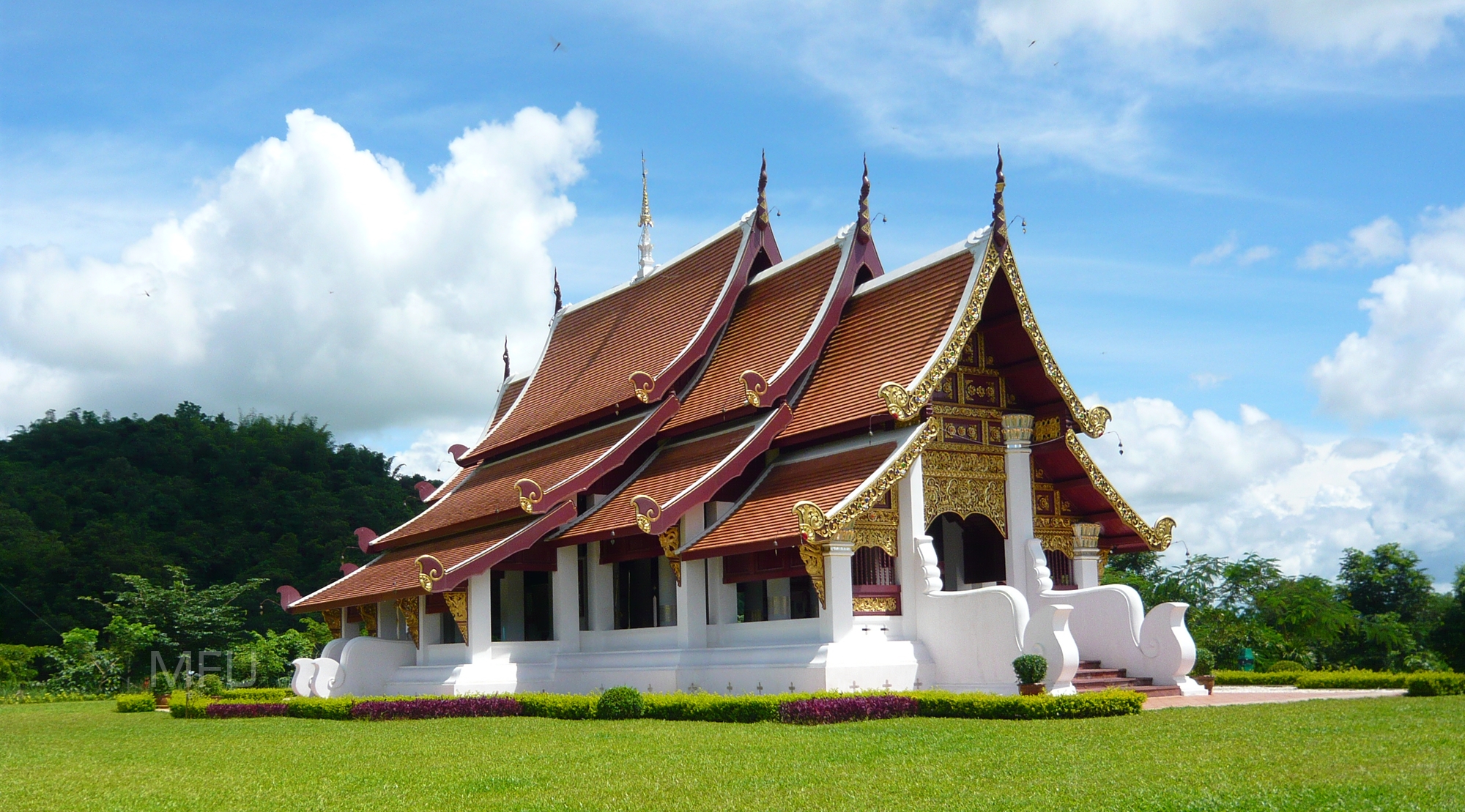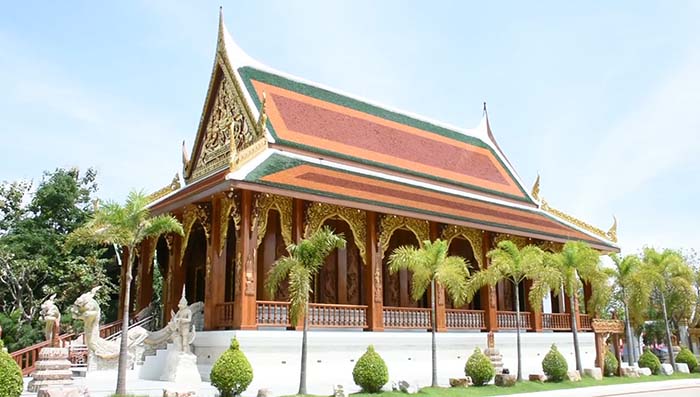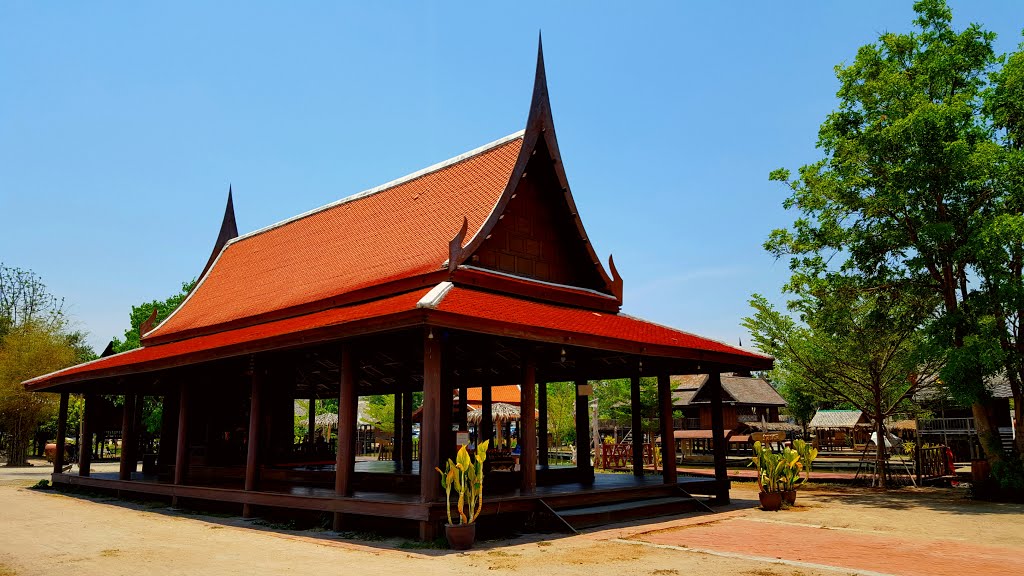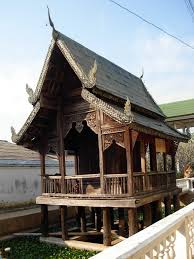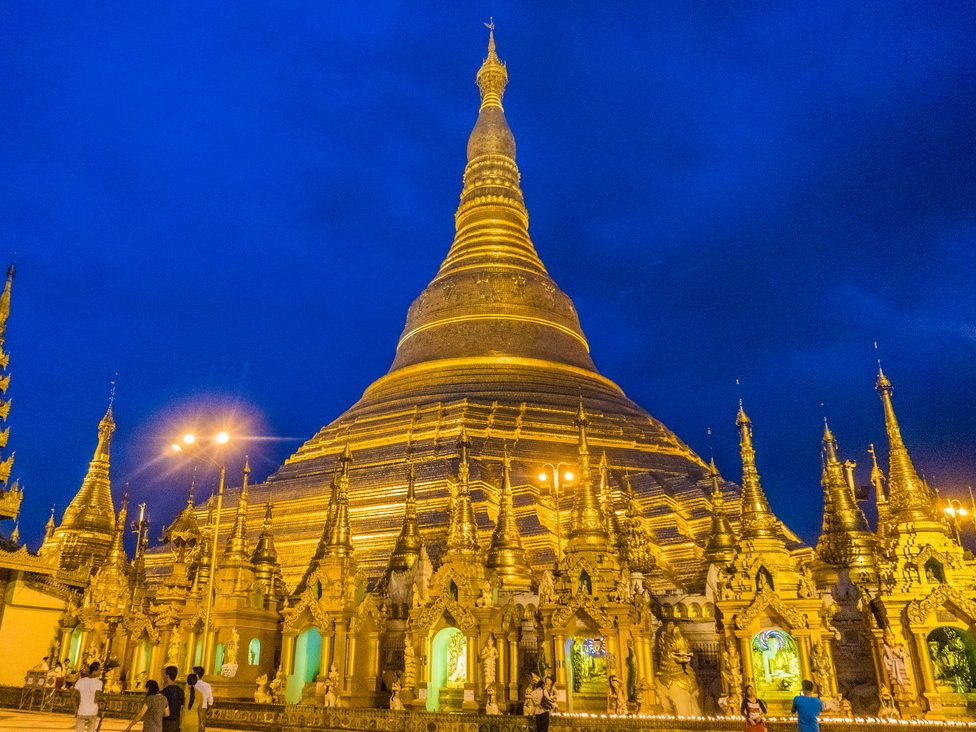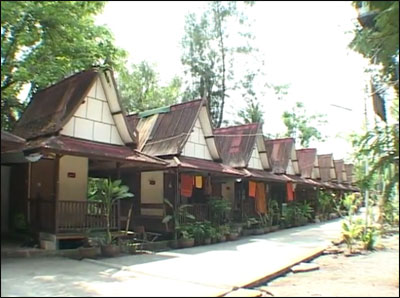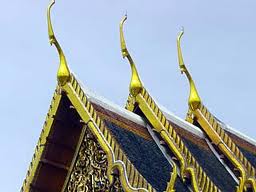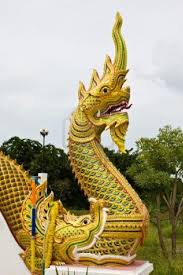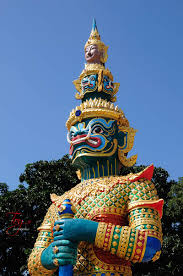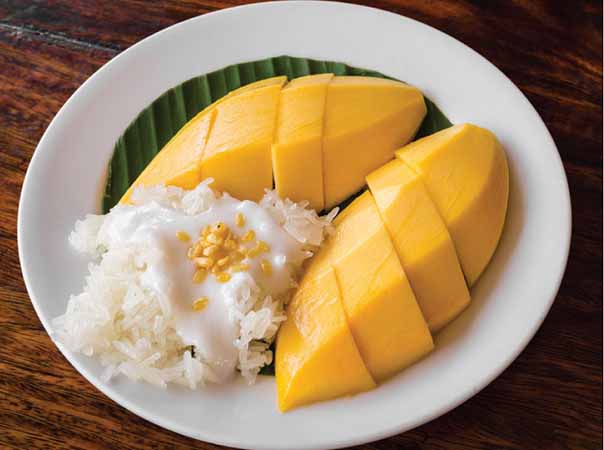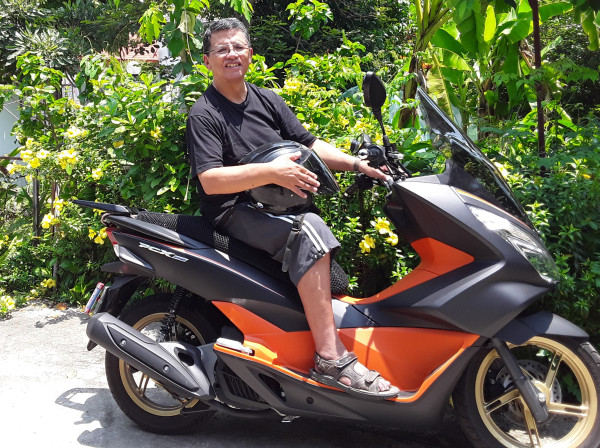The Temples of Thailand
Originally posted on June 5, 2014
This month I celebrate my birthday. In Buddhist tradition one often makes merit and gives gifts on their birthdays. For this birthday I would like to give the gift of understanding what we see when we visit a Thai temple. Having a fuller understanding of what a temple consists of will bring us a better appreciation and understanding of the Thai culture and Thai Buddhism.
The following is taken from a chapter of my ebook Retired Life in Thailand.
And on this day I wish you all prosperity and the fulfillment of your retirement dreams. May all god’s children find happiness.
Visiting a Thai Temple
There probably has never been a foreign visitor to Thailand who hasn’t visited a temple. It’s like visiting Italy and not going to a cathedral. But for many sightseers the Thai temple, or wat (วัด), is a confusing jumble of beautiful buildings, shrines, monuments, statues, carvings and artwork. What’s it all mean? If you are living here or just visiting then you probably have a local wat nearby. When you visit your local wat it will be a lot more fun and meaningful if you know a little about what you’re looking at. The word “wat” originally meant a school or a place where religious learning took place. Today a wat is a temple complex made up of a number of different structures each having a unique use and purpose.
Viharn (วิหาร pronounced “wee-haan”)
This is a building where the public can enter freely and you will observe them paying respects (not praying) to the Buddha images by prostrating three times; to the Buddha (the person), the Dharma (his teachings) and the Sangka (followers of the Dharma). It is where you can go to hear sermons on the dharma and make offerings of flowers, incense and of course money. Decorated with paintings and sacred images besides the large Buddhas, the viharn is the building that most visitors refer to when they think of the classic Thai temple.
Bot (โบสถ์, pronounced “boat”)
The bot (also referred to as ubosoth, อุโบสถ) is where the serious business of the temple takes place. It is the “ordination hall” where the new monks take their vows. It is often closed to the public and can be differentiated from the viharn by the eight cornerstones that are placed around it and quite often the sign “No women allowed”. “Bot” is also the Thai word for chapel and church.
Sala (ศาลา pronounced saa-laa)
An open-sided pavilion, the sala, is a place for the public to gather, eat, study, and basically hang out. Sala is also the Thai word for gazebo or pavilion. Salas in the big fancy temples can be quite elaborate structures. The ones in the local village temples and be a simple slab of cement covered by a roof.
Ho Trai (หอไตร pronounced “haw dtrai”)
Sometimes this is referred to as the library but more accurately it is a depository of the temple’s sacred writings. These include the “tripitika” (“trai” or “tri” means “three” just as in the English “tri”), and other sacred manuscripts. The three things that the tripitika refers to are the books of Buddhist rules, the Buddha’s sermons and the Dharma (teachings). Quite often the temple’s history and even the history of the local area is written on palm leaf books and stored here. The ho trai is usually built high up, often on stilts, in order to protect the sacred manuscripts from the elements.
Chedi (เจดีย์ pronounced “jay-dee”)
Sometimes referred to as stupa or pagoda, Thai chedis are usually conical or bell-shaped and often will contain the ashes of monks or kings and sometimes a relic (bone, tooth, hair, etc.) of the Buddha. A wat that contains a relic is referred to as “wat prataat” to differentiate it from a regular temple. I asked a villager once how there could be so many relics of the Buddha since if we collected them all there would be enough to make up hundreds of people. His simple answer was that the relics were magical and could replicate themselves. Sounds logical. I saw lots of saints’ relics in those Italian cathedrals I visited.
Kuti (กุฏิ pronounced “goo-tee”)
These are the living quarters of the monks and are separated from the other sacred buildings. Some kuti, especially the abbot’s kuti, can be large, lavishly decorated buildings where temple business can take place. Others will be one room huts out in the jungle where a monk might spend 20 hours a day in meditation.
Other objects one encounters at temples are the chofah (ช่อฟ้า), the bird-like decorations on temple roofs, often with small musical temple bells attached.
You’ll also see mythical animals such as naga (นาค). This is the serpent that according to legend opened his cobra-like hood over the meditating Buddha to protect him from the elements. You will often see naga as banisters along the steps leading up to the viharn or bot.
You will also see the yaks (ยักษ์) or giants who guard the temples.
Some temples can be busy and cacophonous, especially the more “important ones” like the temple of the Emerald Buddha or the temple on Doi Suthep. Smaller village temples can be peaceful and meditative (except during temple fairs and market days of course). Whichever ones you visit, enjoy. They are one aspect of Thailand that makes this a special place.


